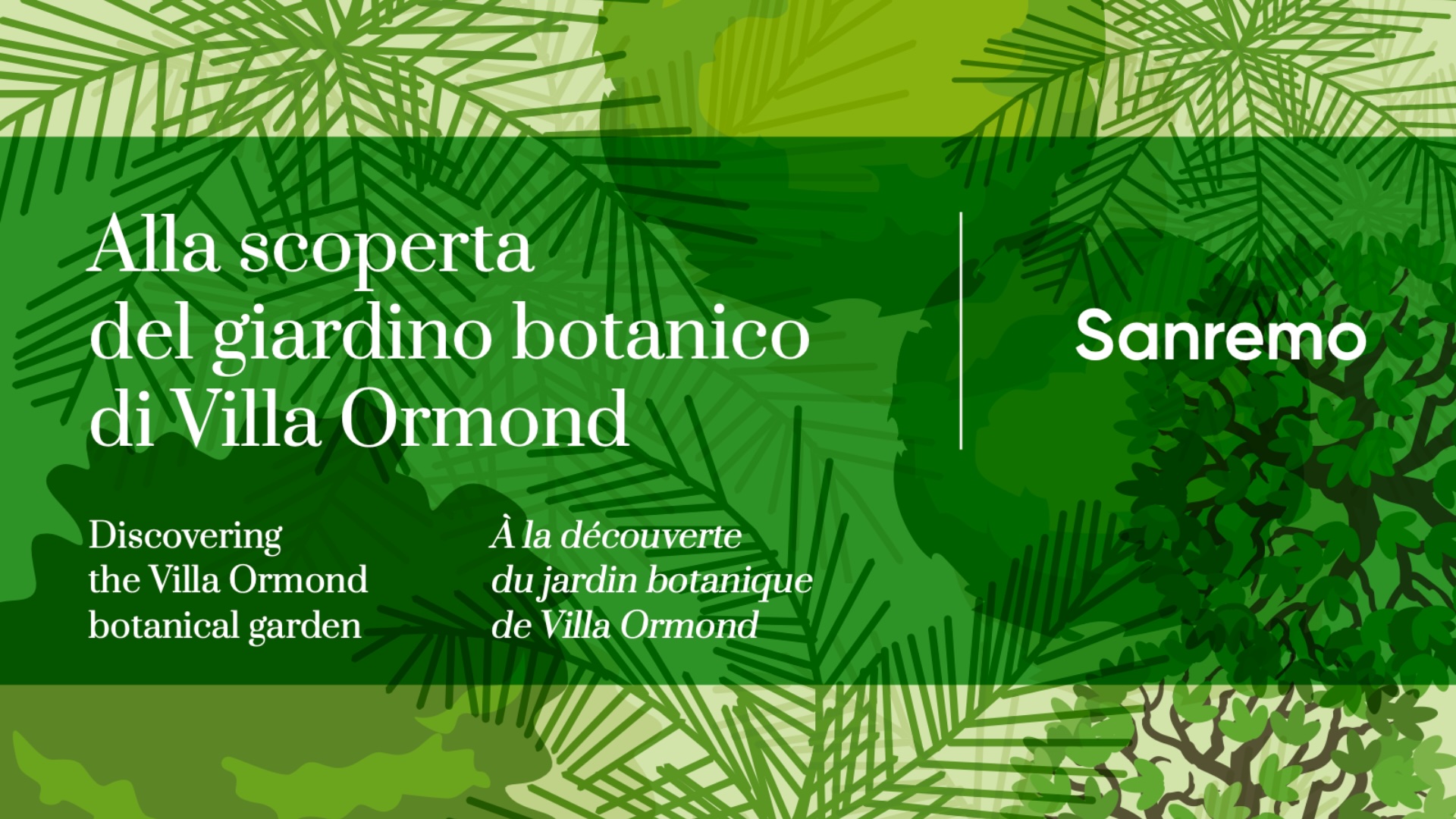The garden is life in constant evolution: our task is to take care of it.
The palm Phoenix canariensis (Canary Island palm) was unfortunately affected by red weevil and had to be rehabilitated by dendrosurgery.
The generic term is the Greek name given in antiquity to the date palm; the specific term refers to its place of origin: the Canary Islands.
| Common Name |
Canary Islands Date Palm |
| Origin | Originally widespread throughout the islands of the archipelago, but the largest wild populations are found in La Gomera, Gran Canaria, Fuerteventura and Lanzarote. It grows in open, sunny locations from sea level to about 600 m altitude on semi-arid soils. Most likely the first seeds of P. canariensis were shipped from the Kew Botanical Garden to the Belgian nurseryman Linden, an expert palm grower and supplier to many gardens on the French and Italian Riviera. In 1862 the Linden nursery sent Count Vigier of Nice a batch of palms that contained the first specimens of P.canariensis. From the seeds obtained from these plants, the species propagated tremendously throughout the gardens and nurseries of the coast. The historic nurseryman Lodovico Winter of Bordighera was a passionate grower and promoter of the species, which he considered the “most beautiful palm.” |
|
Description |
Vigorous palm, with solitary, columnar stipe, up to 20 m tall, characterized, in the older part, by the rhomboidal scars of the old leaf bases, which highlight the phyllotaxis. The foliage is imposing, dense, consisting of pinnate, arcuate leaves, 4-6 m long, persisting for a long time. The pinnules are green in colour and in the form of strong spines at the base of the rachis. A dioecious plant, it has pinnacle-like, branched inflorescences wrapped in bracts that emerge from the foliage; male flowers are creamy-white, female flowers yellow-orange. Flowering occurs in spring and ripening around autumn. The ovoid fruits, about 2 cm long, are initially yellow and turn brown when ripe, offer little pulp and have an unpalatable flavour. The seed, as with the entire Phoenix genus, is marked by a deep furrow opposite the germination pore. Individuals with reddish-brown, very showy and ornamental fruits, recognized as varieties, are also common. Phoenix canariensis hybridizes easily with other Phoenixes, particularly Phoenix dactylifera, as evidenced by the wide variety of specimens of intermediate appearance between the two species found in cultivation. It multiplies only by seed, which germinates easily, and dispersal is aided by rainwater and small mammals living in the garden. A hybrid of Phoenix canariensis x Phoenix reclinata, a palm characterized by vigorous, multicaule growth and classified as a monumental specimen, thrives in the gardens of Villa Ormond. |

